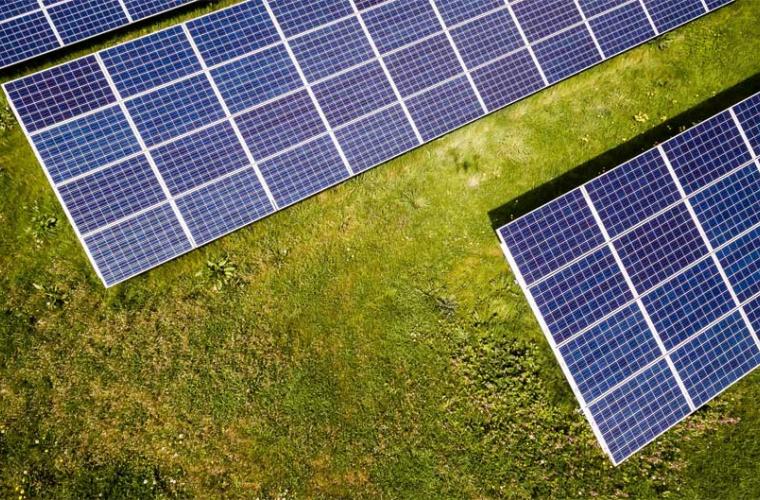“It’s fantastic to see a rapid rise in planning permissions for green energy projects. However, the numbers awaiting construction is concerning, with many pointing to delays in securing the grid infrastructure that connects solar panels to kettles."
More than a thousand clean energy projects with planning permission are waiting to be built, the Local Government Association warns today, with net zero ambitions at risk of being scuppered if grid connection challenges are not fixed.
Hundreds of solar and wind farms are ready to be built, but communities are waiting years, in some cases decades for their clean energy due to delays in projects to the national grid.
For example, plans have been submitted for a solar farm in Coventry but the earliest it can be connected to the grid is 2028. In Dorset, it has become almost impossible to secure grid connections with some projects being told they cannot be connected until 2036.
The LGA is calling on the Government to step up the pace in connecting energy schemes to the grid, and resource councils to develop local energy plans to share investments and develop local grids.
There has been a sharp increase in clean power schemes granted permission by councils in recent years, with the number doubling almost every year since 2018. These projects include schemes to generate energy from solar, wind, water, biomass, waste, sewage, and hydrogen, which have the total capacity to generate 9,000 megawatts at any one time.
The LGA said communities have said yes to over 1,300 renewable energy schemes that are waiting to be built. However, just 150 of these projects are currently under construction.
The solar schemes awaiting construction would alone generate around 15,000 megawatts a day, enough to power 1.9 million homes.
Challenges in connecting new energy power projects to the national grid are often cited as being the key challenge to getting projects off the ground.
Councils are at the forefront of a local energy revolution but need resourcing into local energy plans to help inform grid investments that connect renewable power into homes and cars in communities.
Cllr Linda Taylor, environment spokesperson for the LGA, said:
“Our transition to a secure and sustainable future relies on continued growth in renewable energy.
“It’s fantastic to see a rapid rise in planning permissions for green energy projects. However, the numbers awaiting construction is concerning, with many pointing to delays in securing the grid infrastructure that connects solar panels to kettles.
“It’s a big challenge and there is a huge effort underway. Councils want to play their full role but need the resources and powers for local energy plans to shape the grid investments so essential to a secure and sustainable future.”
Case study: Coventry
Coventry has plans for a solar farm and a planning application has been submitted. But the earliest the farm, if approved, could be connected to the grid is 2028. This would mean a significant delay and lost opportunities for energy generation. As a mitigation measure, Coventry is working on an alternative connection, to energise the electricity generated by the solar farm, to be released into the grid, which would be available straight away.
Contact Coventry Council press office - [email protected]
Case study: Dorset
Dorset now has a largely constrained grid system. It is almost impossible for large scale renewable projects to secure grid connections, with some connection dates being quoted as late as 2036. Export restrictions are in place even more minor developments (as evidenced by some school solar projects developed by this council) and the opportunity costs of these restrictions are now a major concern for Dorset.
Contact Dorset Council press office - [email protected]

